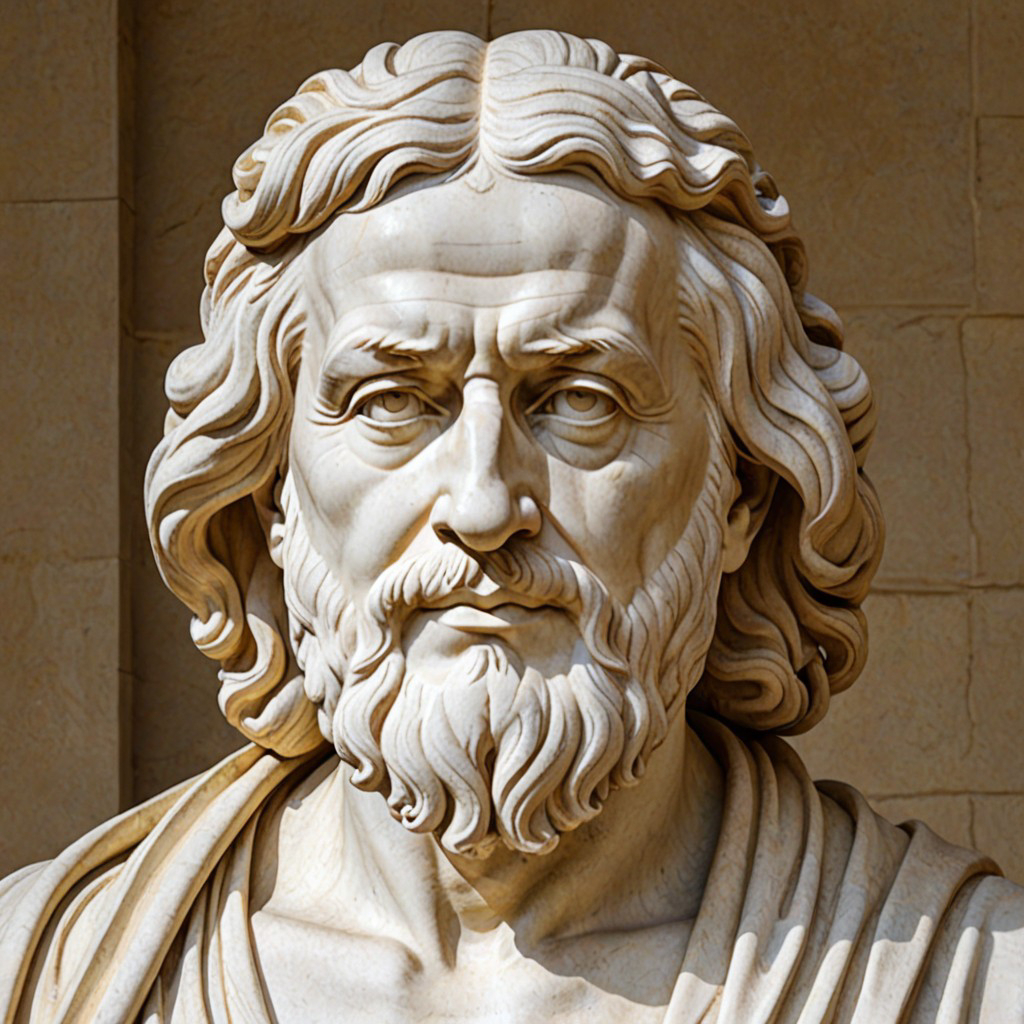What is the trolley problem?
The Trolley Problem is a famous ethical thought experiment that explores difficult moral dilemmas and the conflict between different ethical principles. The basic scenario presents a moral choice between two harmful outcomes, asking individuals to decide which one is the "right" course of action.
The Classic Version:
Imagine there is a runaway trolley heading down a track. The trolley is on a course to hit and kill five people who are tied to the track and cannot move. You are standing next to a lever that can switch the trolley onto a different track, where there is only one person tied up. By pulling the lever, you would save the five people, but in doing so, you would cause the death of the one person on the alternate track.
The dilemma is:
Should you pull the lever to divert the trolley, causing the death of one person but saving five?
Or should you refrain from pulling the lever, allowing the trolley to continue on its current path, leading to the death of five people but not directly causing anyone’s death yourself?
Ethical Questions Raised:
The trolley problem raises questions about utilitarianism, deontological ethics, and how we make moral decisions when faced with difficult trade-offs. The key ethical principles in tension are:
Utilitarianism (Maximizing Good/Minimizing Harm):
Utilitarianism suggests that the right course of action is the one that maximizes overall happiness or minimizes overall harm. From a utilitarian perspective, pulling the lever would be the "right" decision because it minimizes the number of deaths (one person instead of five).
Deontological Ethics (Duty and Rules):
Deontologists, following philosophers like Immanuel Kant, argue that certain actions are morally wrong regardless of the consequences. From this perspective, pulling the lever might be morally wrong because it involves directly causing harm to an individual, even if it leads to a greater overall benefit. Refraining from action might be seen as the morally correct choice because you are not actively causing harm.
Moral Responsibility and Agency:
The scenario also challenges us to consider whether actively causing harm (by pulling the lever) is worse than passively allowing harm (by not pulling the lever), even if the consequences are the same. It raises questions about moral agency and responsibility: Is it morally worse to make an active choice that causes harm, or is it equally bad to let harm happen by doing nothing?
Variations of the Trolley Problem:
Over time, philosophers and ethicists have presented variations of the trolley problem to explore additional complexities, such as:
The Fat Man: Instead of a lever, you're standing on a bridge above the trolley tracks. There’s a large man next to you. If you push him off the bridge, his body will block the trolley and save the five people. Should you push the man to save others?
The Loop: In some variations, the trolley track loops back around, and the one person on the track is someone who can stop the trolley if they die. This variation challenges how we view sacrifice and self-preservation.
These variations complicate the initial moral choices and often introduce deeper questions about the value of individual lives, the moral weight of direct versus indirect actions, and whether certain ethical principles can be overridden by the greater good.
Conclusion:
The trolley problem is a thought experiment that forces us to confront the tension between consequences and rules in ethical decision-making. While there’s no definitive "right" answer, it serves as a powerful tool for understanding how we make difficult moral decisions, and how different ethical systems can lead to different conclusions about what is the "right" thing to do.



.png)
Comments
Post a Comment